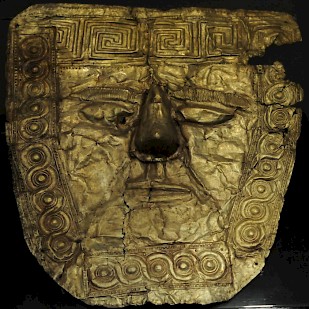Macedonia
Q83958Macedonia: ancient region and state, situated in the Former Yugoslav Republic of Macedonia and northern Greece, best known because its king Alexander the Great (r.336-323) conquered the Persian Empire and inaugurated a new period in Greek history.
Introduction

The study of ancient Macedonia is bedeviled by the Macedonian question. Scholars from modern Greece and the former Yugoslav republic of Macedonia have made bold statements on the nature of ancient Macedonia, which in their more extreme variants can be summarized as "the ancient Macedonians spoke a Slavic language" and "Macedonia has been Greek for at least 3,000 years". Unfortunately, politicians in both nations argue (with a textbook example of a non sequitur) that the borders of the past should also be those of the present.
Of course, modern politics cannot be based on ancient history. Scholars who allow themselves to be used for political purposes, overestimate the importance of their field of study. They also force others to digress longer and more often than they like on the relation between ancient Macedonia, the Slavs, and Greece, which must therefore be the leitmotiv of this article too. Those interested in the origin of the debate, can read the appendix.
Country
Macedonia as a whole consists of two parts:
- The fertile alluvial plain, watered by the rivers Haliacmon and the Axius, simply called Macedonia (or Lower Macedonia, to prevent confusion). It is situated immediately north of the holy mountain Olympus. In Antiquity, the plain produced sufficient cereals to permit export, but it was also rich in cattle, sheep, and remarkably strong horses. The coast is flat and there are only a few natural harbors, which helps to explain why the Macedonians never became a sea-faring nation.
- The mountains, usually called Upper Macedonia. There were arable tracts but the country was predominantly pastoral. Its forests produced pitch and especially timber, there was some iron and gold mining, and hunters made sure that Macedonia could also export furs.
Today, Lower Macedonia is completely within the borders of modern Greece; the northern part of Upper Macedonia constitutes the former Yugoslav republic of Macedonia.
Although the two landscapes are different, they share a continental climate with cold winters. This climate makes the Macedonian vegetation different from the rest of the Aegean region.